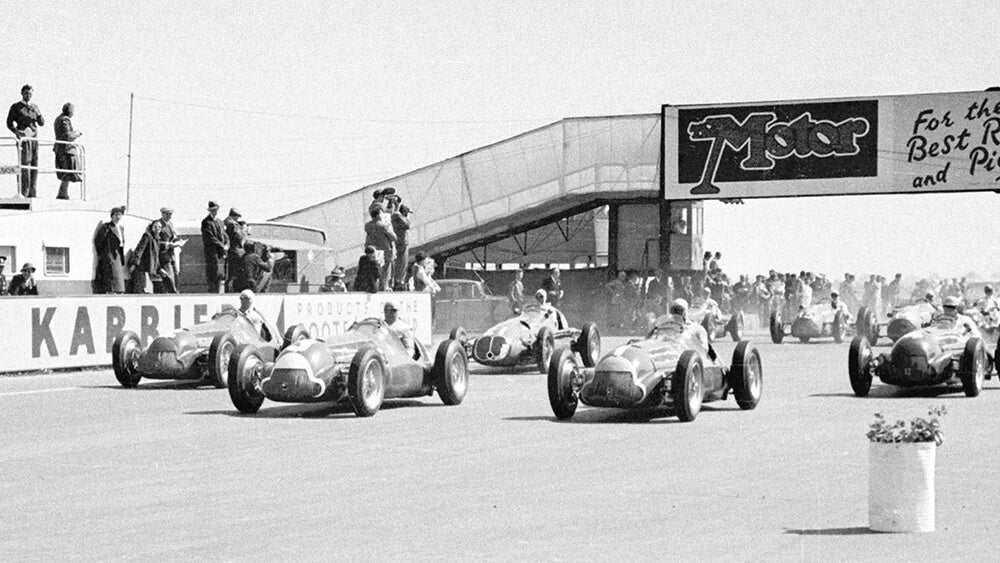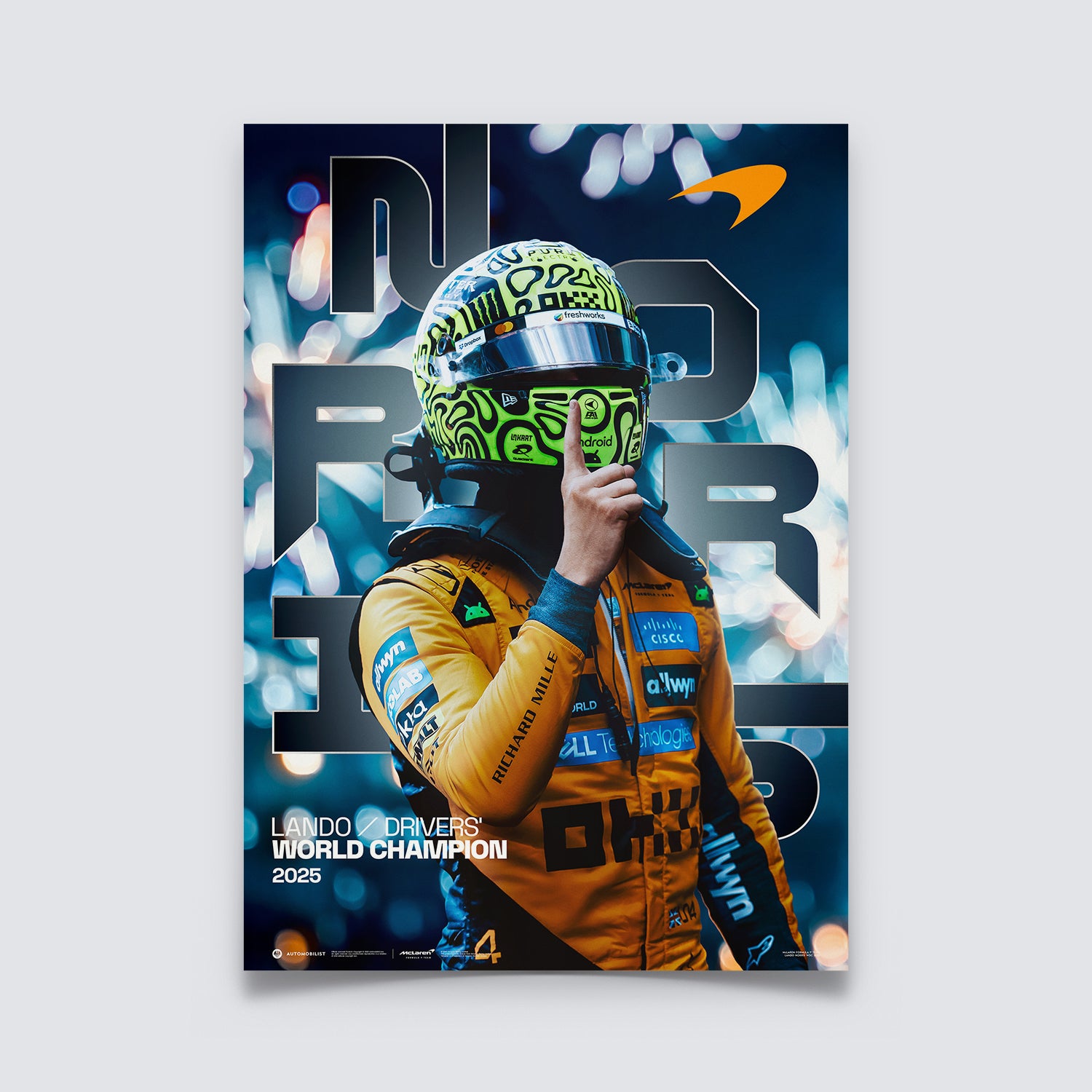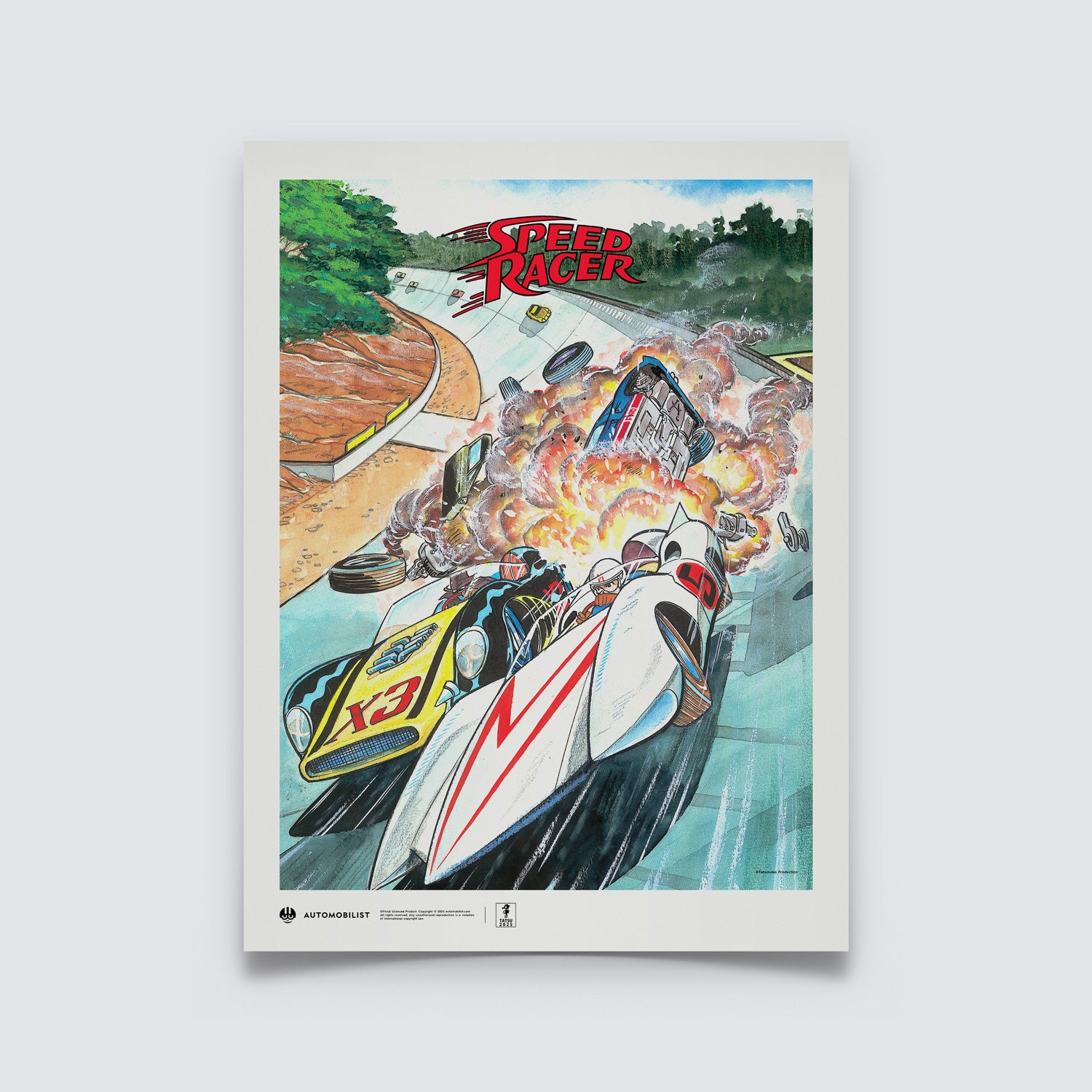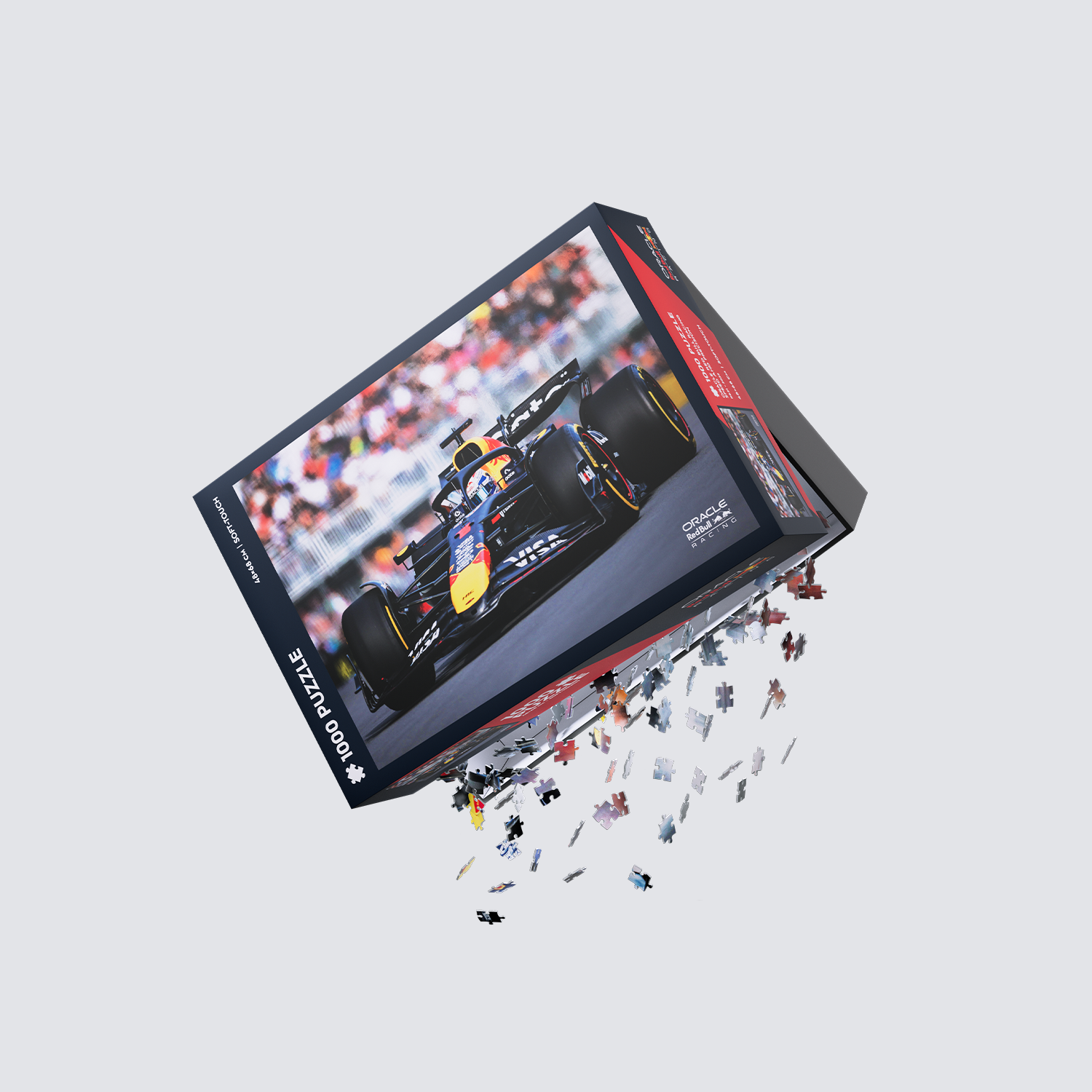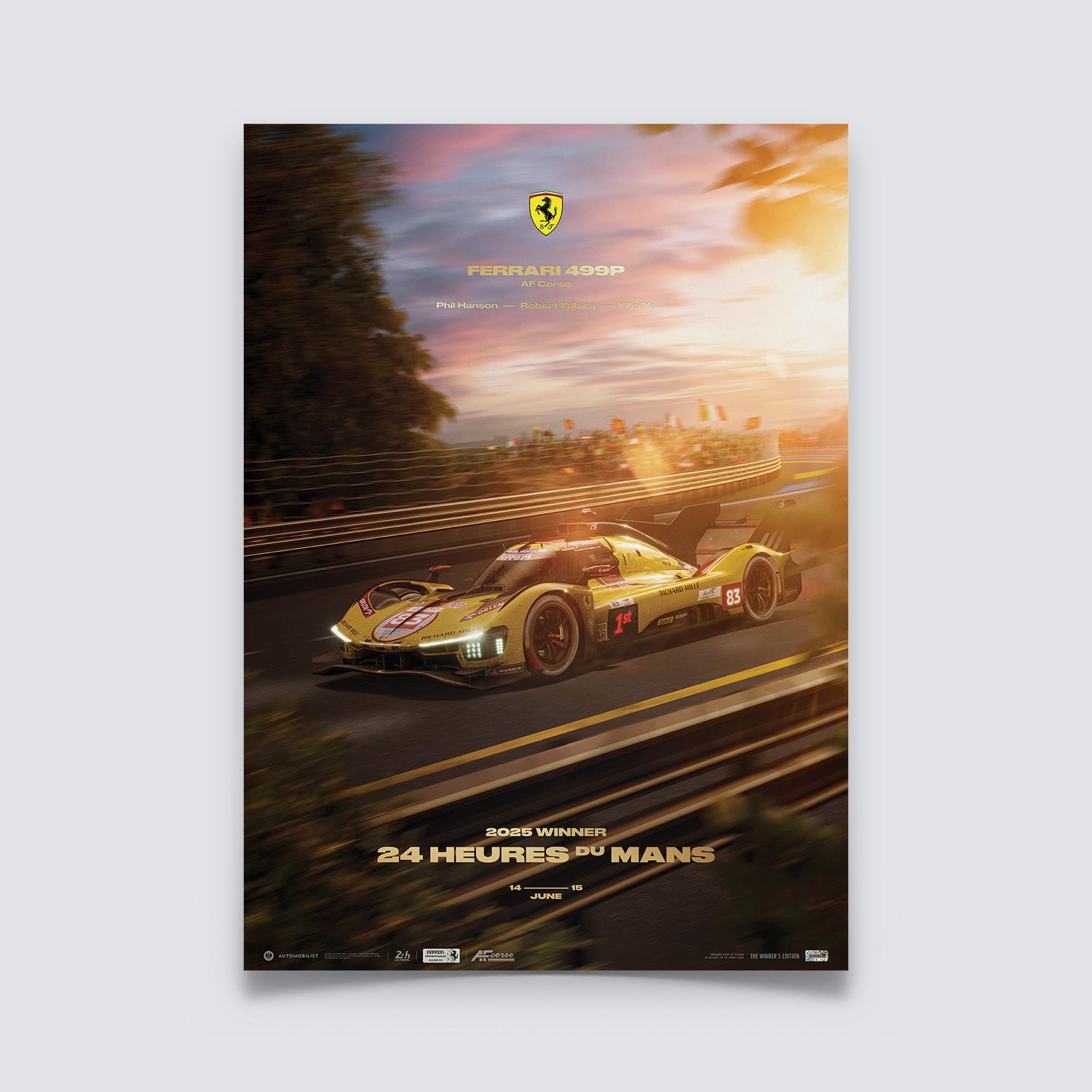Drive through any entrance leading into Silverstone and the sign reads ‘Welcome to Silverstone, the home of British motor racing.’ Whilst undeniably true given the plethora of motorsport events the Northamptonshire-based circuit has hosted over the past three-quarters of a century, the sign could also rightfully claim ‘The Home of Formula 1’, as after all this is where the championship began back in 1950.
Silverstone has its roots in an eponymous WWII bomber airfield named after the neighbouring village and was established in 1943 at the height of the conflict. Once peace had prevailed two years later, local car enthusiasts delighted in being able to thrash up and down the nearby runways, their exploits made all the safer by enormous run-off areas. A formal event was surely simply a matter of time - two years, in fact.
Subsequently dubbed the ‘Mutton Grand Prix’ on account of the fate of a wayward sheep, that 1947 club race meeting laid the foundation stones for not only British motorsport but also the allied ‘cottage’ industry. It is no coincidence that six of 10 current F1 teams are based within a 30-mile radius of Silverstone, with the Aston Martin F1 Team even being situated opposite the main gate.
 British Formula One driver Lewis Hamilton proudly waves his home flag after winning the British Grand Prix in 2021 at Silverstone. Image courtesy Hoch Zwei
British Formula One driver Lewis Hamilton proudly waves his home flag after winning the British Grand Prix in 2021 at Silverstone. Image courtesy Hoch Zwei
The seventh British team, McLaren, is but an hour’s drive away while Italy’s AlphaTauri has a second base close by. Indeed, the ancient hangars that once housed Wellington and Lancaster bombers now serve as workshops and offices for a vast array of motorsport-related activities, while Silverstone Park, situated within the circuit perimeter, forms the nucleus of a cluster of some 3500 science and high-tech businesses spread across the region.
However, back to the forties: A year after that first ‘clubbie’, the Royal Automobile Club took a lease on the venue, thereafter staging two races on haybale-demarcated runways before combining airstrips and perimeter roads to form a full-length circuit ahead of the 1949 International Trophy - a Grand Prix in all but name and status.
 7-time Formula One champion Michael Schumacher after his 1998 win at the British Grand Prix in Silverstone. Image courtesy Hoch Zwei
7-time Formula One champion Michael Schumacher after his 1998 win at the British Grand Prix in Silverstone. Image courtesy Hoch Zwei
When the FIA founded the World Drivers Championship - forerunner of F1 - a year later, Silverstone was granted the honour of staging the opening race, known as the European Grand Prix as a unifying gesture. The event attracted a crowd of over 100,000 and was attended by King George and Queen Elizabeth - significantly the only time a reigning monarch has attended a Grand Prix in Britain.
Equally significant, Ferrari did not enter that maiden championship Grand Prix, preferring to contest a local event in Italy after failing to agree financial terms with the RAC, thus setting a precedent. However, one wonders how often the Scuderia has since kicked itself over that omission in its racing record…
Control of the lease had passed to the British Racing Drivers Club in 1952, culminating in acquisition of the complex by the BRDC from the Ministry of Defence in 1971. Since that first makeshift circuit, Silverstone’s Grand Prix layout has evolved no fewer than nine times, with the last major change in 2010 resulting in a new infield section and shift of the pit/paddock complex to the opposite end.
 David Coulthard in action during the 1999 British Grand Prix at Silverstone, where he beat Eddie Irvine to take the crown. Image courtesy Hoch Zwei
David Coulthard in action during the 1999 British Grand Prix at Silverstone, where he beat Eddie Irvine to take the crown. Image courtesy Hoch Zwei
The British Grand Prix was, though, also staged by other venues such as Aintree and Brands Hatch over the years before settling for good at Silverstone in 1987. As well as this, the MotoGP equivalent is also now a permanent fixture in Northamptonshire after having been hosted by various venues, including the Isle of Man until 1976 and Donnington Park.
There have been a multitude of obvious stand-out moments at Silverstone, including the first Grand Prix, won by Giuseppe Farina in an Alfa Romeo, Ferrari’s maiden championship success a year later via Froilan Gonzales - who had punched holes through his helmet in order to facilitate cooling - Sir Jackie Stewart’s slipstreaming victory from his great friend and rival Jochen Rindt (Lotus) in 1969, and Nigel Mansell’s more heroic home wins, particularly 1987 and 1992.
Arguably, Silverstone’s most spectacular low point during a Grand Prix occurred when a hard-charging Jody Scheckter spun at the end of the opening lap of the 1973 Grand Prix, ultimately wiping out nine cars, including the entire (three car) Surtees team and even injuring one driver. A testament to Silverstone’s safety record is that despite a few crashes not a single life was lost during the 55 Grand Prix held at the former bomber airfield.
 A trip down memory lane with Niki Lauda driving an Alfa Romero in the 1979 British Grand Prix at Silverstone. Image courtesy Hoch Zwei
A trip down memory lane with Niki Lauda driving an Alfa Romero in the 1979 British Grand Prix at Silverstone. Image courtesy Hoch Zwei
All of which bring us to 2020, when the championship and Silverstone celebrated 70 years of the Formula 1 World Championship, won in superb style through excellent tyre management by Max Verstappen in the Red Bull from the two Mercedes drivers, Lewis Hamilton and Valtteri Bottas, who had started from the front row. Limited quantities of our commemorative 70th anniversary poster are still available. Get yours now to claim this part of motoring history.
These do not only celebrate Silverstone’s wonderful history, but they also point to F1’s bright future.

